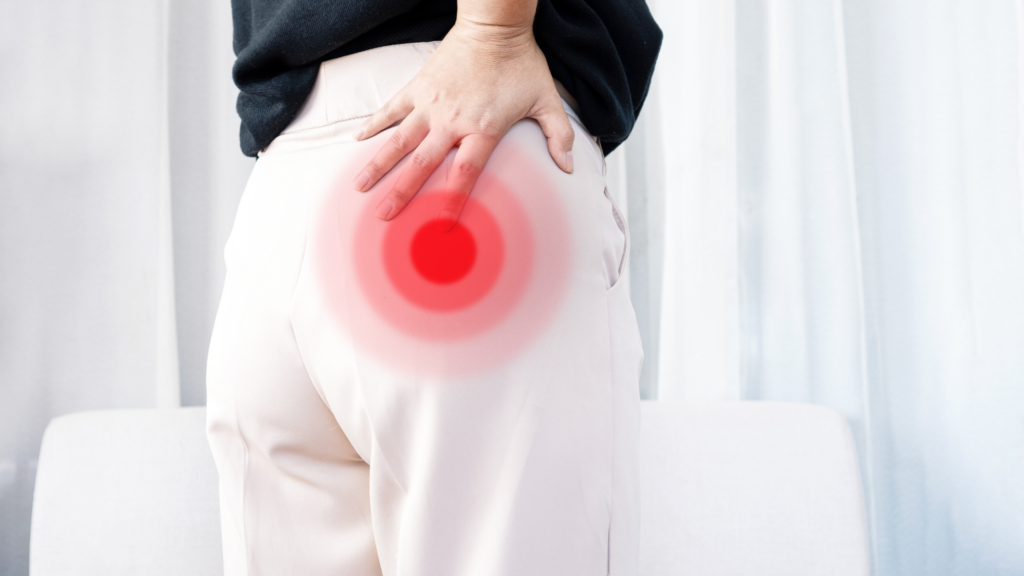In this post, we discuss why, when recovering from chronic injuries, the why is more important than the what.

Naturally, friends ask me for advice about their exercise routines. I tend to be diplomatic and nudge them towards approaches that will be more beneficial.
I’ve been nudging this particular gentleman for the last two years, but he’s found a form of exercise he enjoys and, for the most part, has had success with.
He had the misfortune to require a total hip replacement a couple of years ago, despite this his chosen form of exercise is F45.
If you’re not aware, F45 is a circuit-based class that combines resistance training with high-intensity cardiovascular training. Not a natural fit for people with artificial hips.
Nevertheless, he’s been attending these classes regularly, has lost weight, and even managed to complete a 14km run. Outstanding.
And then the pain started…
A nagging pain deep in his glute that slowly became more debilitating as it spread down his leg.
Off he went to the physiotherapist. After some prodding and an ultrasound scan, an angry structure was located – the ischiogluteal bursa.
Let’s take stock for a moment:
- We have a middle-aged man who’s had major surgery two years ago to replace a damaged hip.
- His only form of exercise since this surgery has been a high-intensity exercise class three times a week, together with (more recently) a running programme.
- He has an inflamed bursa.
Which of these facts is the most relevant to his current predicament?
I would argue the first, closely followed by the second.
Which do you think will be given the most priority in his treatment plan?
Almost certainly the last.
It’s not the what, it’s the why
Whenever something starts to hurt, great efforts are made to identify the exact structure responsible.
Unless a surgical intervention is indicated, this is largely irrelevant. We rarely have imaging of the area before the pain began, and the link between findings on scans and pain is weak at best.
Moreover, protocols for any musculoskeletal issue are notoriously unreliable. There are simply too many variables involved.
Ultimately, your body is perfectly capable of healing damaged or angry tissue, once the reasons for its distress have been resolved.
How to get to the bottom of the why
A more effective approach is to assess what your muscular system is currently capable of – both in terms of joint control and overall strength, and relate these back to your current activities.
In most cases there will be an obvious mismatch.
Reduce or eliminate the provocative activities for the moment, and close the gap between what your muscular system can currently tolerate, and what you want to be able to do.
All the while your body will take care of the healing.
Summary
Whenever pain strikes we understandably want to know what exactly is causing it.
In the case of chronic injuries, it’s more productive to look for the why.
Leave a Reply